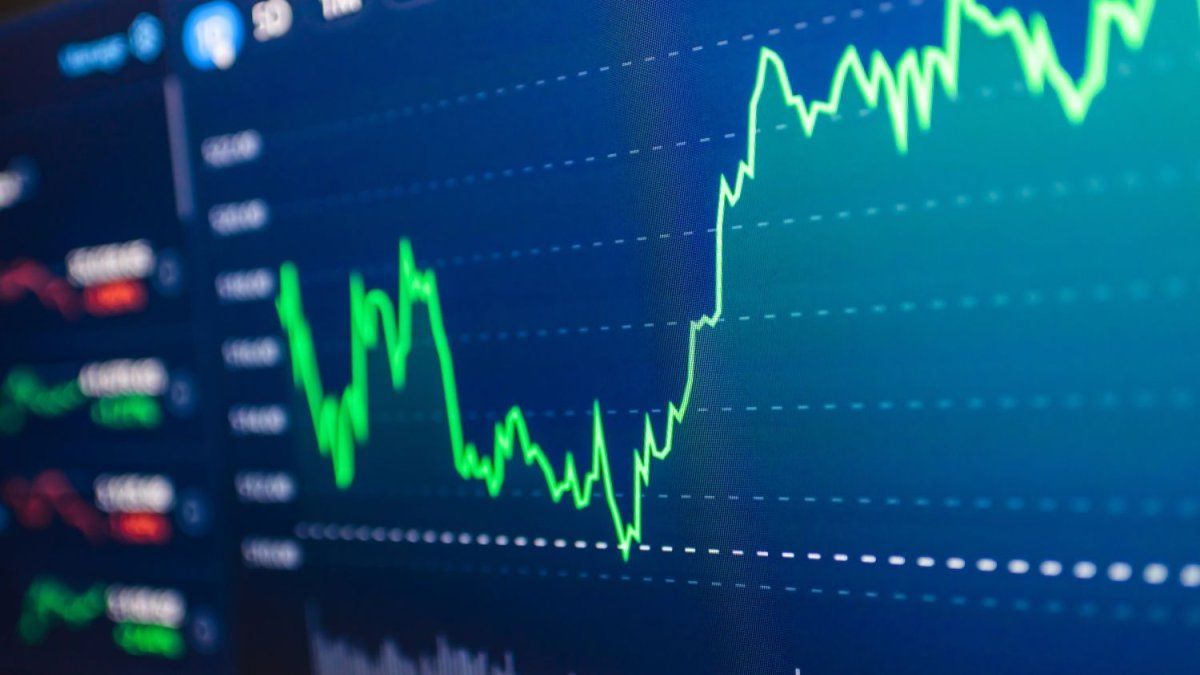The field is delaying harvest liquidationAlthough it is true that there were climatic and logistical problems, with a soybean harvest expected at 50 million tons, sales of 12.8 million tons were recorded, and of that total only 3.6 million tons With price.
It is clear that the rural man is dissatisfied with the price of soybeans, the withholdings imposed by the government, the PAIS tax, the exchange rate, the price of inputs, and that of agricultural machinery. In short, he is unprofitable and very angry.
In the case of corn, only first-class corn is being raised, which we estimate at 20 million tons. If we estimate the total production of corn adding the first and the late corn, we would be expecting about 45 million tons, only 16.2 million tons have been sold, of which only 8.2 million tons were sold with a price. Before this projection, 57 million tons of corn were expected, the leafhopper that transmits the Spiroplasma bacteria that causes a disease in the corn plant that wreaked havoc on much of the national territory.
The country man seems willing to postpone sales and refinance debts. The financial market is offering good financing in dollars at single-digit rates. Financing in pesos is at not so low rates, and if the government manages to control inflation, it does not seem like it would be good to think about financing in pesos for a term longer than one year.
The expected inflation for the year 2024 could be 200% annually, but for the year 2025 we could see inflation below 60% annually; it would be complex to make a decision by taking a loan in pesos for more than one year.
Raw material prices do not seem to be going through the best moment, however, in recent days we have seen a recovery in the price of wheat, the government’s actions reducing some input prices changed the economic equation for the 2024 wheat campaign. The price of December wheat is at US$217, an expected improvement since a few weeks ago it was trading at US$180.
The export dollar arises from taking 80% of the wholesale dollar and 20% of the CCL dollar, while the wholesale dollar is at $873.25, the export dollar is located at $909.4. This benefit appears to not be available for the second semester. Bagging soybeans or corn does not seem like a good idea in this context, you have to spend money to bag, in the future the exporter will not have a special exchange rate, and logistics costs will be higher since fuel will lose subsidies and will have higher prices.
The price of corn today stands at US$181, logistics problems with ships waiting to load make exporters pay more for corn. July corn is worth US$172.50 and December corn is worth US$179. Holding is not a good option.
The price of soybeans in April 2024 is worth US$292, the price of soybeans in November is US$306.50, and for May 2025, soybeans are worth US$295. There are no major price differences, especially if the cost to bag a ton of soybeans is between US$7 and US$9. The bagging option does not seem the best.
Clipboard01.jpg
Even though we spill liters of ink saying that bagging is not a good option, the producer is bagging. The routine of doing the same thing for 20 years does not seem to change.
Of the total 50 million tons of soybeans, approximately 20 million tons are used to pay field rents. The farm owners have just sold a good part of their holdings, they took advantage of Sergio Masa’s soybean dollar and lowered stock, now it is time to replenish stock and wait. The owners are in no rush to sell, they expect a higher soybean price and dollar, combined with lower taxes. Dreaming costs nothing.
Producers have to sell about 30 million tons of soybeans and 45 million tons of corn, with the produce they obtain they will not make a profit. A ton of soybeans is worth $250,000 a ton, and a ton of wheat is $158,000. These are very low values, which leave little or no profitability depending on the climate that impacts the area of the field. If the field is located in the NEA or NOA, the climatic problems added to the Spiroplasma bacteria have been terrible with unimaginable losses. In the core area (without generalizing) there were good yields, but costs and financing did not give respite to those who had been hit by several drought campaigns.
Conclusion
. – The countryside will not pour a large amount of money into the economy, rather we will have low levels of liquidation, there will be grain retention and debt refinancing.
. – Personally, I think we should sell, international prices have been falling since 2022 and there does not seem to have been a floor for the fall. As you will see, they are not an influencer in the field, the producers want to pocket and postpone payments.
. – In this context, there would not be a strong income of dollars from the harvest. The government should give a sweetener to the countryside to help in the sales decision-making process, but the government is far from perceiving these problems, it is more concerned with the macro than the micro.
. – In economics there is no macro without micro, and there is no micro without macro. If the government does not take care of the field, do not expect the 2024 campaign to be liquidated. If you don’t say hello to anyone when you go up the hill, don’t expect them to say hello to you when you come down. All good with the structural reforms, the adjustment of the public sector, the capitalization of the Central Bank and the reduction in inflation, but without addressing the productive problems, let us not expect the long-awaited reactivation to arrive quickly.
Source: Ambito
David William is a talented author who has made a name for himself in the world of writing. He is a professional author who writes on a wide range of topics, from general interest to opinion news. David is currently working as a writer at 24 hours worlds where he brings his unique perspective and in-depth research to his articles, making them both informative and engaging.




